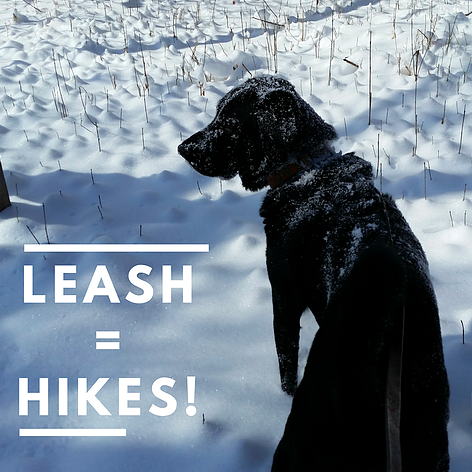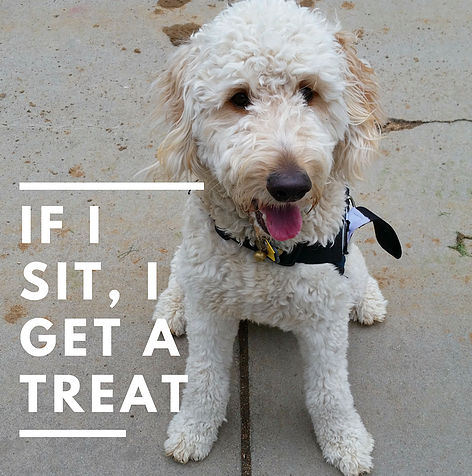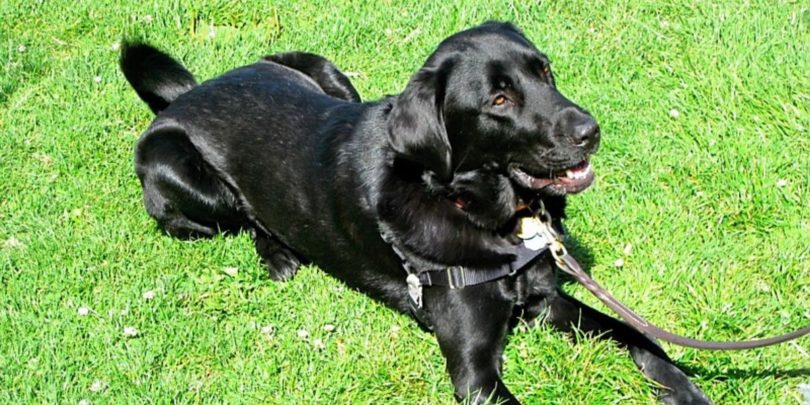There are two very important ways in which dogs learn: Classical Conditioning & Operant Conditioning.
Classical Conditioning is learning by association. The dog learns that one event predicts another. This type of learning is not contingent on the dog’s behavior; rather it is a result of associations the dog makes in his environment. For example, the leash predicts walks. If the dog loves to go on walks outside then he will create a positive association to the sight of the leash. When the leash comes out he might run up to the door with a loose body and wagging tail. Alternatively, if the dog does not like going for walks, he will develop a negative association to the leash. When he sees the leash he might run and hide with his ears back and tail low. The best way to determine what type of association your dog has made, positive, neutral or negative, is by reading his body language.

Operant Conditioning is learning by consequence. There are four quadrants in operant conditioning: positive reinforcement, and negative reinforcement, positive punishment, negative punishment.
- Positive Reinforcement: Adding something pleasant to increase favorable behavior. When your dog sits, you give him a treat and therefore the sitting behavior increases. Some other positive reinforcement options include toys, attention
and off-leash access. - Negative Reinforcement: Removing something unpleasant to increase a favorable behavior. An example of this is when you release the tension of the choke chain after your dog sits. Your dog will sit more often to reduce the tension around his neck.
- Positive Punishment: Adding something unpleasant to decrease an unfavorable behavior. An example of this is when you leash correct your dog for jumping up on another person. If your dog does not like that tension and jerking on the leash, his jumping up behavior will go down.
- Negative Punishment: Removing something pleasant to decrease an unfavorable behavior. For example, when your dog jumps up, you remove yourself and the anticipated attention your dog desires; therefore, the jumping up behavior goes down.

Aversives
Using aversives (something the learner finds unpleasant) when training your dog can have long term, unintentional negative effects on your dog and your relationship.
Think about each time you were “punished” for speaking up at a work meeting. Your boss gives you a glaring look while passive-aggressively cutting off your thoughts and ideas. You feel disappointed and ashamed in front of your colleagues. The consequence of your boss shutting down your thoughts stops your behavior; however, you now dread going to meetings and feel uncomfortable around him. Your work suffers since you have increased anxiety which leads to additional stress. That is a lose-lose situation for everyone!
My concerns with using aversives with your dog (or with anyone) are:
- You are not telling the dog/person what you’d like for them to do instead.
- You run the risk of creating a negative association with something that was not intended. If you pull back on the choke chain every time your dog barks at another dog, she may begin to associate the pressure of that choke chain with the sight of the other dog – NOT with her own barking.
- It can damage your relationship. Most everyone I know wants to be inspired, motivated and confident, not told how and why they are wrong. Positive reinforcement training builds both the relationship and the skills you are training.

